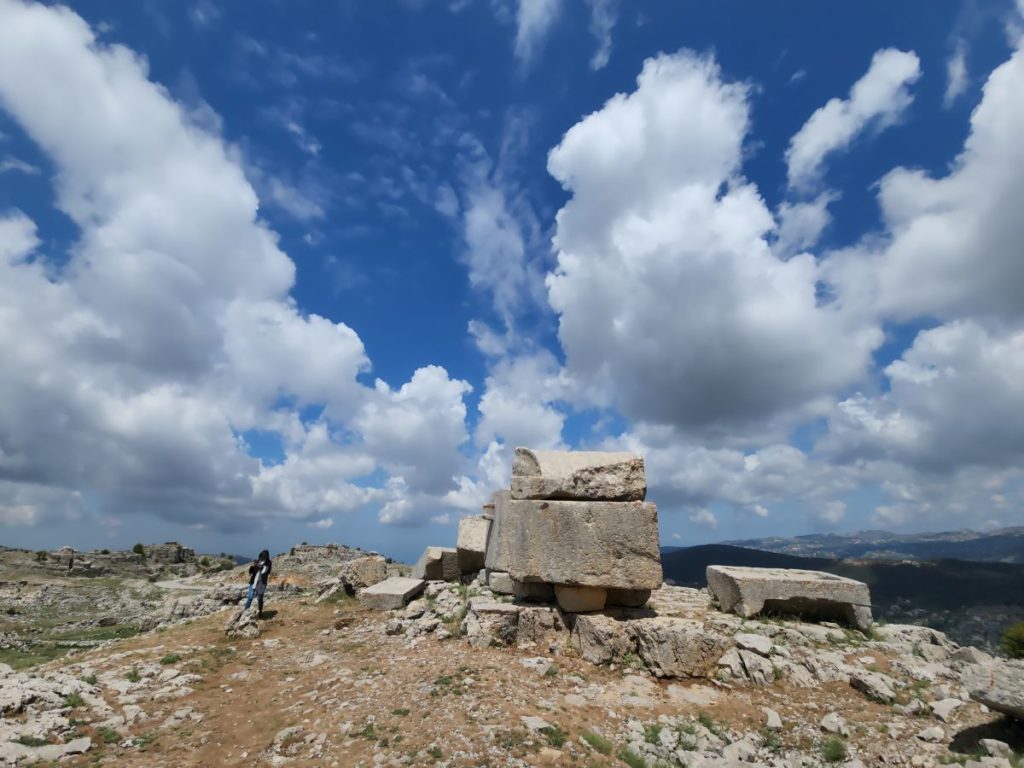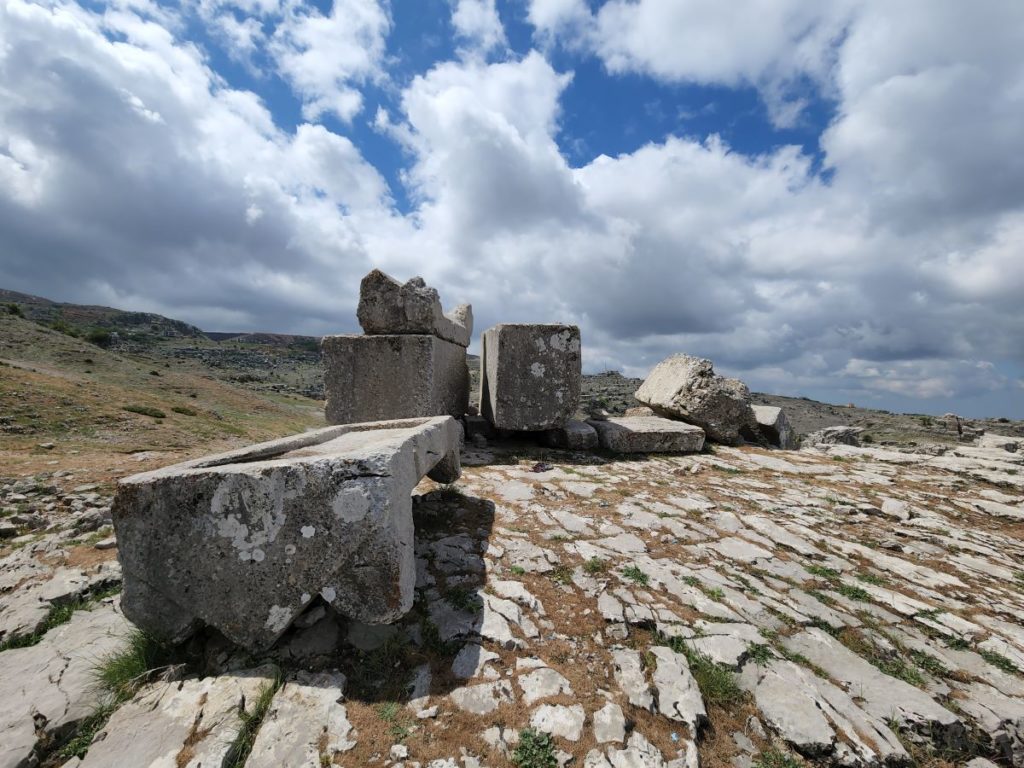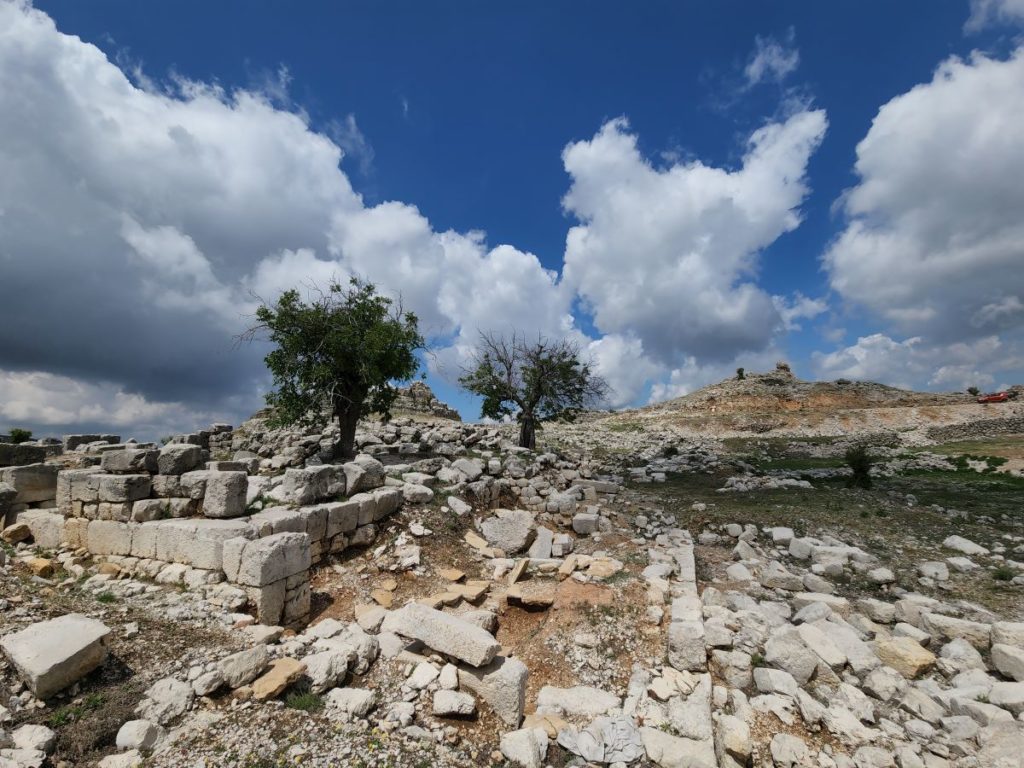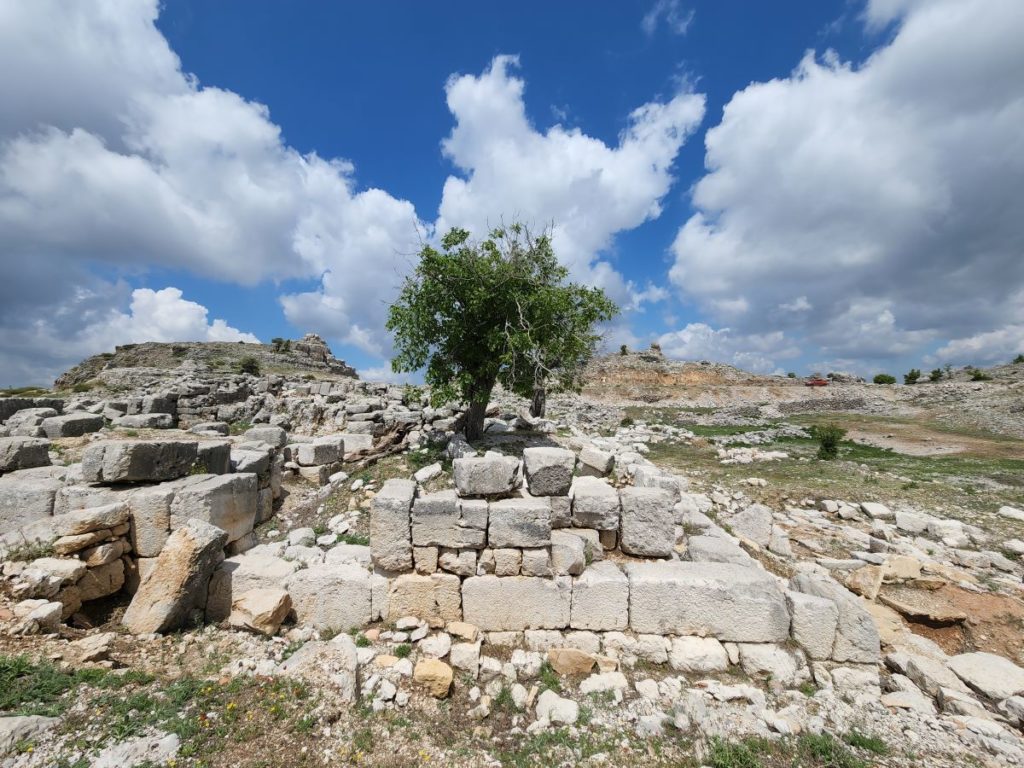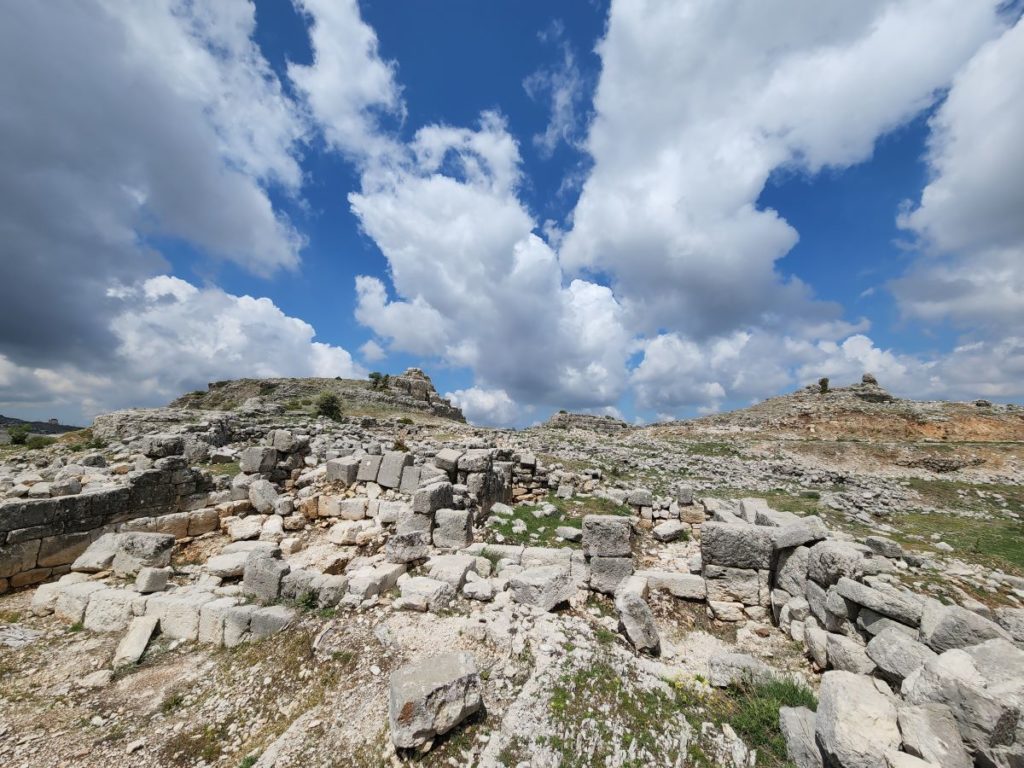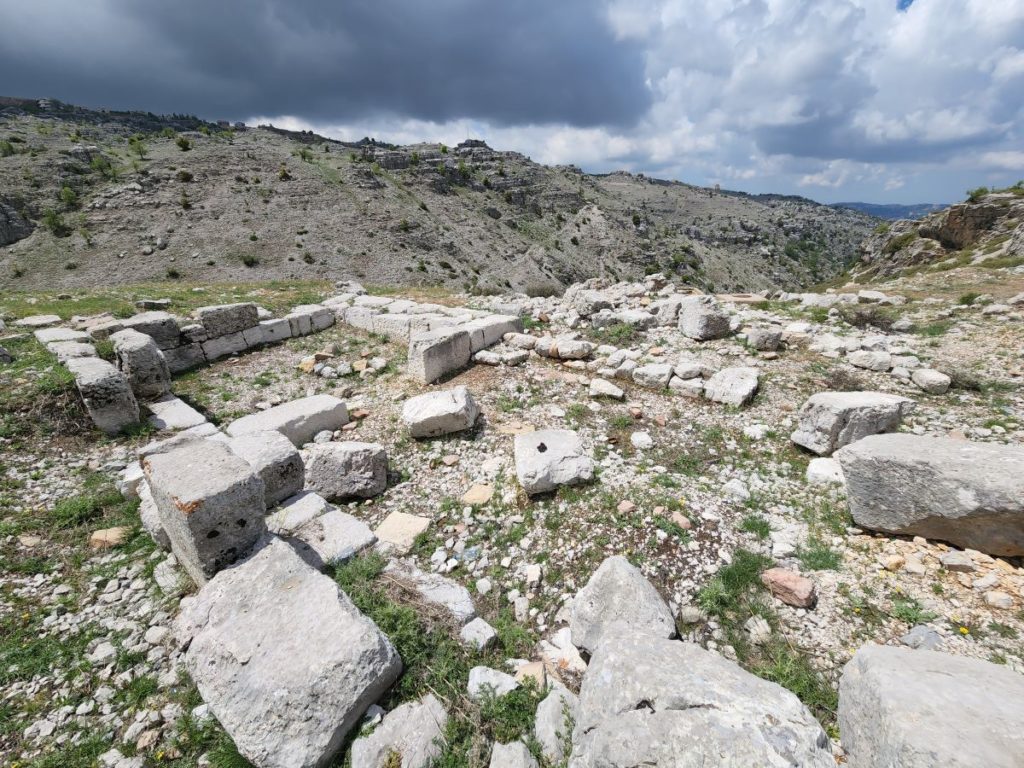The site of El Jaouze, located in Zaarour, features the remains of an ancient village that testifies to a significant human occupation since the Bronze Age. Thanks to several excavation missions executed on site, archaeologists were able to produce a comprehensive study about rural life in Mount-Lebanon during antiquity and the medieval era.
*The site is currently not accessible for the public since it is located on a private land*
Timeline
1st millennium BC – 3rd century AD – ceramic findings suggest that the site was inhabited during the early Bronze Age, the Hellenistic and Roman period.
4th – 6th century AD – The site flourished during the Byzantine era and became a wide rich settlement.
7th – 10th century AD – The site was mostly abandoned during the early medieval period.
10th – 16th century AD – The site is once again inhabited during the medieval and Ottoman era. The premises were transformed into small iron and steel workshops.
2003 – First survey mission of the site, followed by several excavation missions until 2017.
Archaeological site
The archaeological site of “El Jaouze” takes its name from a nearby walnut tree (Jaouze – picture below) that dominates the village.
The site rests on hill at an altitude of apporximately 1,400m, accessible from the road linking the villages of Mtein to Baskinta and Mount Sannine. It is also accessible through section 15 of the Lebanon Mountain trail.
Excavation missions revealed that the village was expanded over a long period and its buildings reused several times for different purposes. Its economy relied mostly during the Byzantine era on agriculture, wine production and exploitation of domestic animals, notably goats, and mostly iron production and wood exploitation during the Ottoman era.
The site is divided into several sectors that feature the following structural elements:
The monumental building – used during the Byzantine and the Ottoman era, it is the most distinguished structure on site, covering an area of 36x25m. It has a rectangular shape with its blocks of stone well squared and the walls measuring at least one meter thick. Housing several rooms and cells, recent studies revealed that the building had a wine press, and an adjacent structure that housed a thermal bath built in Roman style.
The study of the building also revealed a rich residence: mosaic and marble fragments have been unearthed, as well as ceramics imported from Asia Minor, the Black Sea, North Africa and Egypt. Some of tiles that once covered the roof of the building are stamped with the name of Maximos, on either side of which are engraved two crosses. Other artifacts were unearthed such as bronze crosses, bracelets, jars, jewelries, etc.
In the thermal bath, an oil lamp of extreme rarity dedicated to Saint Elias was discovered, bearing a Greek inscription that translates to: “Blessing of the Lord from Saint Elias”.
During the medieval times, the monumental building was converted into a series of workshops to produce iron.
The farm house – on the southern west side of the monumental building, the remains of a farm house can be observed. It is a semi-rectangular structure divided into seven cells, one of which had a tannur. Thanks to the farming tools unearthed at this location, scholars were able to identify its purpose.
Tombs – six monolithic sarcophagi dominate the ancient village from the south and the valley of Baskinta from the north. Moreover, collective tombs containing up to 11 skeletons, have been unearthed inside the village. It is important to note that the modern villages surrounding the site have also many tombs, which could give an idea about the existence of another potential settlement nearby.
Quarry – To the east of the site, you can observe the traces of a limestone quarry which was used to make the sarcophagi and construct the large building and the houses of the village.
Inscription – the inscription of the Roman emperor Hadrian, in the immediate vicinity of the place, indicates that a forest covered the surrounding slopes. The area is today deprived of trees due to its exploitation throughout the centuries. You can read about the inscription by clicking here.
Other structures – excavations revealed the remains of artisanal workshops, settlements, water pits and agricultural terraces scattered around the site. Further studies are ongoing in search of the lost temple and church ofthe site since most ancient villages had a religious edifice, especially if it is located on a strategic route.
It is important to note that the site was heavily pillaged throughout the Lebanese civial war up until the late 1990’s. Locals mention that many sarcophagi were taken away and sold in the black market or used as home decorations. Illegal excavations, including the use of dynamite were used as well to search for gold and other artifacts.
Karim Sokhn
Tour Operator & Tour Guide
References
Baal Vol 8 2004 and Vol 18 2018
